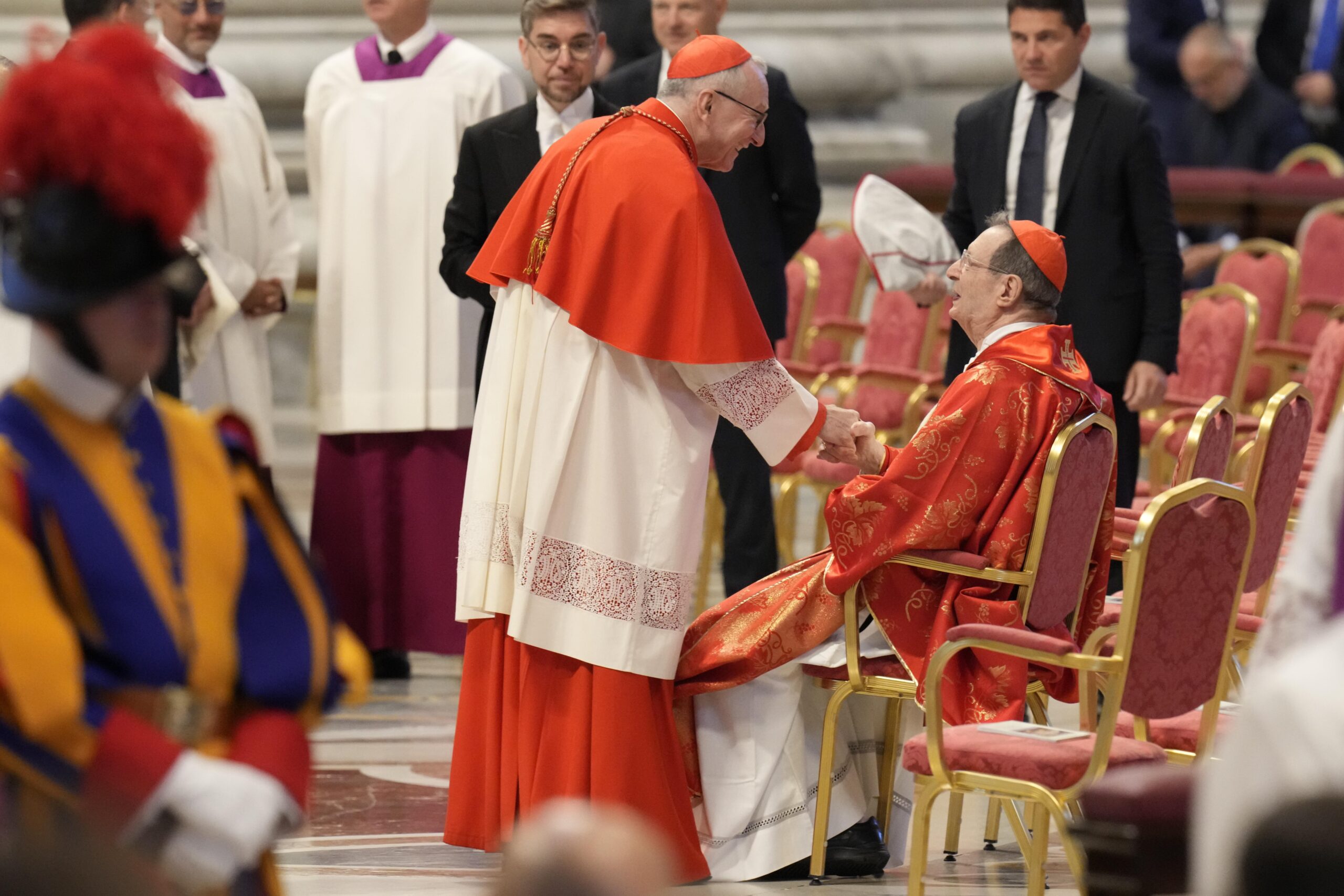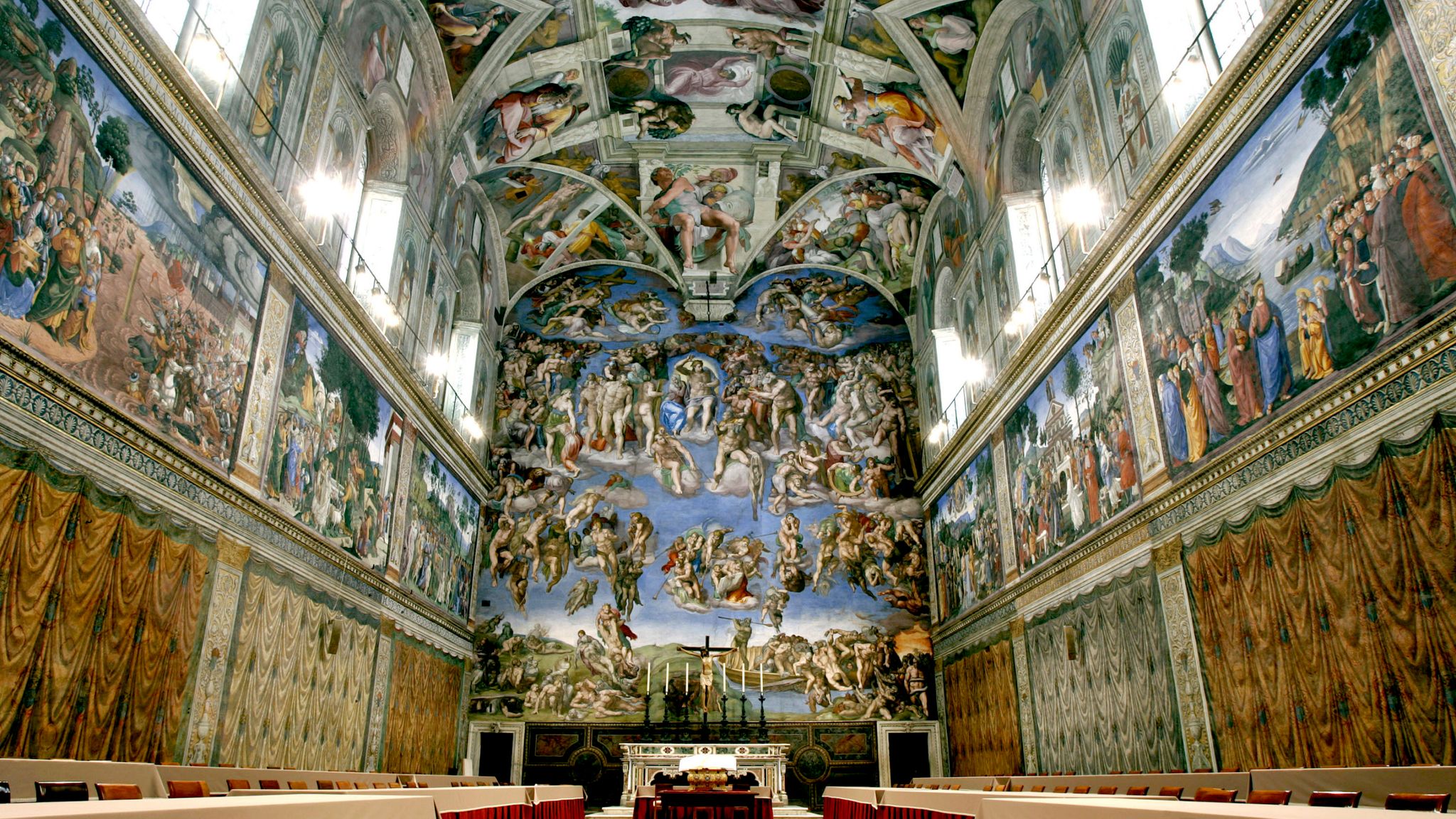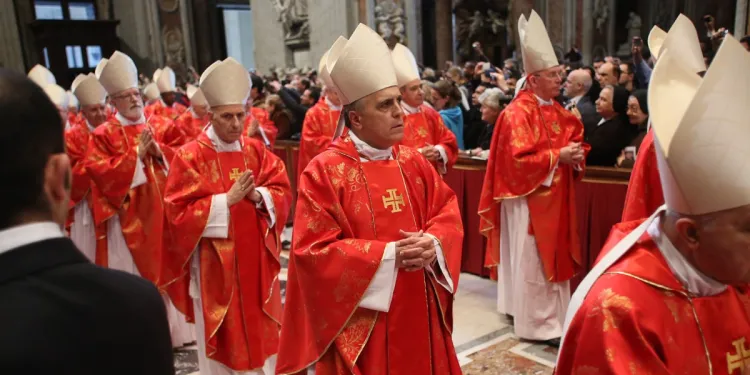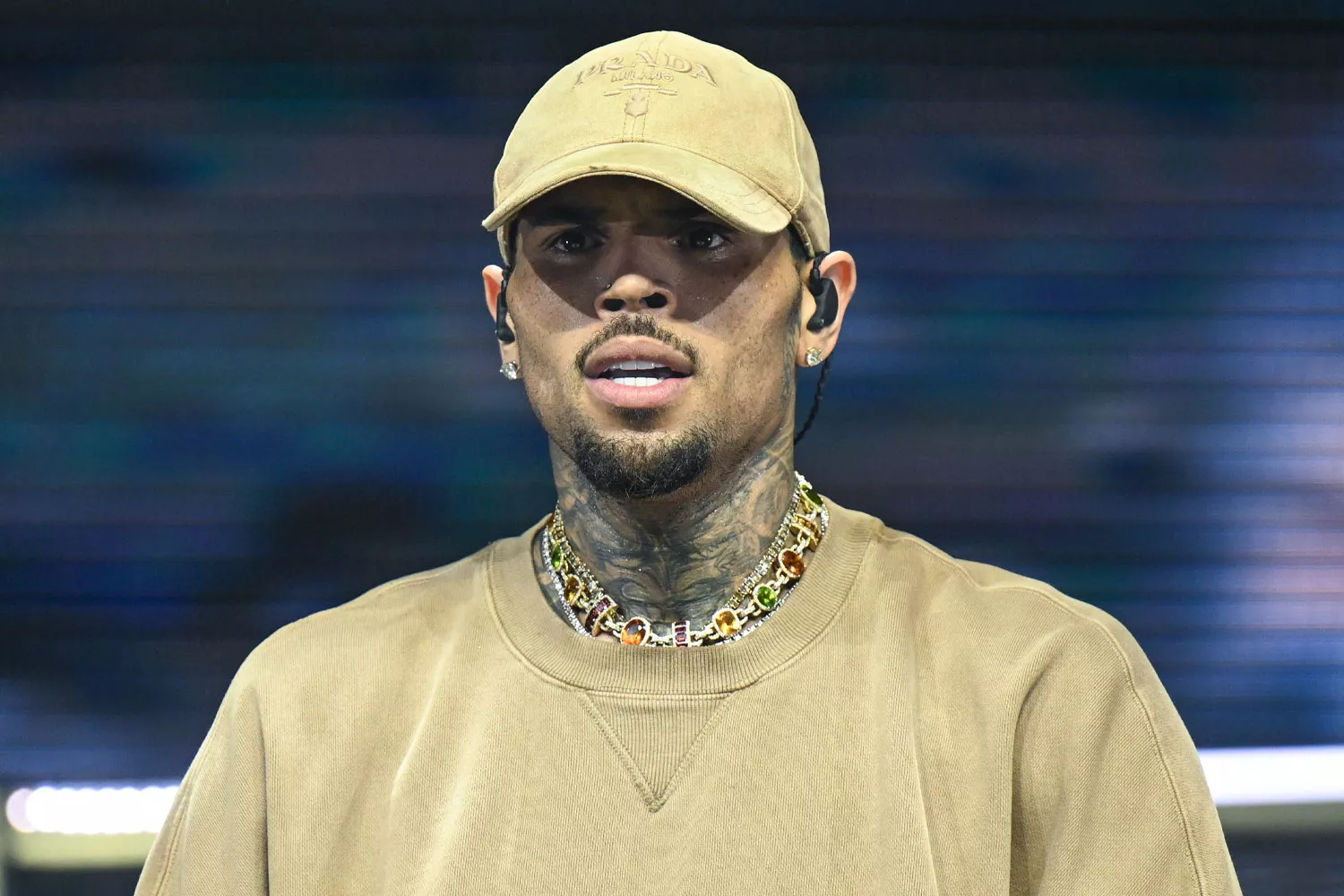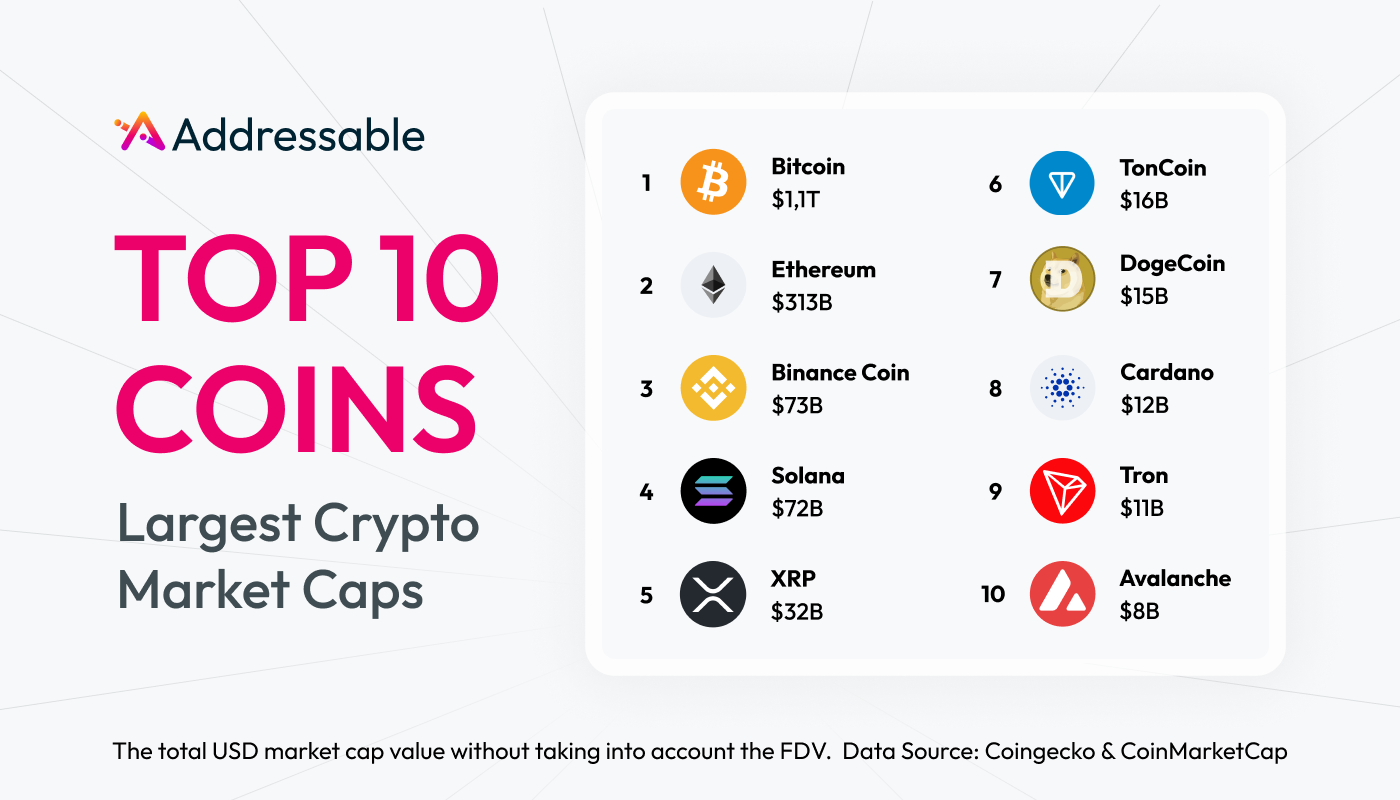The question burning through search bars around the world right now is: “What time does Conclave start?” It’s trending at an explosive rate — up over +520% in the past 24 hours. With the 2025 Papal Conclave underway, millions are tuned in across time zones, countries, and belief systems. This isn’t just a religious ceremony — it’s a global event steeped in centuries-old tradition, shrouded in secrecy, and now amplified by the modern internet.
In this deep dive, we break down the who, what, when, and why of the Papal Conclave, uncovering the traditions, timing, media frenzy, and spiritual significance of an event that’s stirring up both curiosity and devotion across the globe.
What Is the Papal Conclave?
The Papal Conclave is the formal meeting where cardinals of the Roman Catholic Church gather to elect a new Pope, the spiritual leader of over 1.3 billion Catholics worldwide. Derived from the Latin cum clave, meaning “with a key,” it references the cardinals being locked inside the Vatican until a new Pope is chosen.
This tradition dates back to the 13th century and represents one of the oldest continuous electoral processes in the modern world. The stakes? Enormous — not just for religious governance but for political influence, humanitarian leadership, and international diplomacy.
In previous centuries, conclaves could last months or even years due to political interference. Today, while still governed by strict procedures and secrecy, the process has been refined to operate more efficiently, thanks in part to clearer rules and precedents laid out in Apostolic Constitutions like Universi Dominici Gregis.
Why the Conclave Is Trending in 2025
In early 2025, Pope Francis announced his intent to resign due to declining health. This marked only the second papal resignation in over 600 years — the first being Benedict XVI in 2013. The announcement sent shockwaves through global media and reignited interest in papal succession, particularly in an era marked by polarization, climate change, and digital influence.
With the Conclave of 2025 now underway, Google searches for “conclave timing” and “new pope candidates” have surged. Hashtags like #Conclave2025 and #NextPope have trended globally, with millions engaging across platforms like X (formerly Twitter), TikTok, and YouTube.
What Time Does Conclave Start — In Every Time Zone
The first official session of the conclave began at 10:30 AM CET (Central European Time) on May 7, 2025. Here’s what that looks like across major global cities:
- Lagos: 9:30 AM WAT
- New York: 4:30 AM EST
- London: 9:30 AM BST
- Delhi: 2:00 PM IST
- Sydney: 6:30 PM AEST
The time is significant not only for synchronization but for honoring the sacredness of ritual. Cardinals gather first in St. Peter’s Basilica for the Mass Pro Eligendo Pontifice (For the Election of the Roman Pontiff), followed by a solemn procession into the Sistine Chapel.
The Vatican News schedule provides real-time updates.
How the Vatican Keeps Time: Tradition Meets Precision
The Vatican follows a meticulous liturgical calendar, where everything — from hymns to homilies — is timed to perfection. The rituals of the conclave are conducted according to centuries-old schedules, blending tradition with clockwork accuracy.
The conclave itself proceeds with designated voting rounds, typically two in the morning and two in the afternoon, structured around specific prayer hours:
- Lauds (morning prayer)
- Terce (mid-morning prayer)
- None (mid-afternoon prayer)
Meals, silent prayer, reflection, and group discussion all follow a strict rhythm to prevent undue influence and keep focus on the divine guidance of the process.
Who’s Participating: The Cardinals in Focus
The 2025 Conclave features 120 cardinal electors — a maximum number allowed by canon law. Only those under age 80 are eligible. They represent every continent, ensuring the conclave reflects the global Church.
Notable Participants:
- Cardinal Peter Turkson (Ghana) – Prominent on social justice and climate advocacy.
- Cardinal Luis Antonio Tagle (Philippines) – Popular, pastoral, and media-savvy.
- Cardinal Matteo Zuppi (Italy) – A known mediator and progressive voice.
These cardinals bring diverse linguistic, theological, and cultural perspectives. African and Asian voices are especially prominent in this conclave, highlighting the Church’s demographic shift away from Europe.
The Famous Sistine Chapel Setup
The Sistine Chapel, perhaps the world’s most famous room, is converted into a sealed, sacred space for voting. But beneath Michelangelo’s masterpiece, the setup is surprisingly modern:
- Electronic signal jammers prevent leaks.
- Sweeps are done before each session to check for recording devices.
- All ballots are burned after use.
The chapel also includes makeshift desks, chairs, and a stove that funnels smoke through a special chimney visible from St. Peter’s Square.
The Role of Technology & Media in the 2025 Conclave
While the inside of the conclave is analog and isolated, the world outside is anything but. Coverage includes:
- 24/7 Vatican live commentary
- YouTube explainers and Instagram reels
- Podcasts hosted by theologians
In 2025, AI-powered translators are offering real-time captioning in over 30 languages. TikTok creators are giving Gen Z a humorous but respectful take on conclave customs.
What Happens Inside the Conclave?
Once inside, the voting process is solemn and strictly confidential. The method:
- Oath-taking by each cardinal
- Distribution of ballots
- Silent, prayerful vote writing
- Tallying by scrutineers
- Burning of ballots with chemical signals
Each cardinal can vote up to four times per day. The goal? A two-thirds majority. This could mean as few as 77 votes are needed to elect the next Pope.
The White Smoke: What It Means
After each voting session, the ballots are burned. The chemicals used in the stove produce either:
- Black smoke (fumata nera) = No decision
- White smoke (fumata bianca) = Pope elected
The white smoke is accompanied by bells from St. Peter’s Basilica, drawing tens of thousands into the square and signaling to the world: Habemus Papam!
What to Expect in the Next 48 Hours
Statistically, most modern conclaves conclude within 72 hours. However, factors such as:
- Number of viable contenders
- Doctrinal divides
- Global expectations
…may prolong the process. If no decision is reached in three days, the conclave pauses for reflection and spiritual retreat, before voting resumes.
How You Can Watch Live (Without Breaking the Rules)
While cameras are banned inside the chapel, the Vatican press office, EWTN, and major news outlets provide extensive coverage. Commentary includes:
- Historical analysis
- Spiritual symbolism
- Live reactions to smoke events
Check the official EWTN coverage hub.
The Power of the Papacy in a Digital World
Beyond religious influence, the Pope is a global soft-power leader. The papacy touches:
- Climate diplomacy
- Interfaith unity
- Economic justice
- War and peace dialogues
The 2025 Pope must address not just theological debates, but digital ethics, AI, LGBTQ+ inclusion, and church transparency.
What’s Next for the Catholic Church
As the world watches the Sistine Chapel chimney, this conclave feels more consequential than ever. The next Pope will navigate a fragile world in flux — and offer a vision of hope, unity, and spiritual renewal.
Stay tuned to ZORA for updates on the moment the white smoke rises — and history changes yet again.
